The culture of Persia(Persian culture) is among the world’s oldest. Iran’s dominant geopolitical position and culture on the planet have had a direct influence on civilizations and peoples as far away as Russia to the north, the Arabian Peninsula to the south, and South and East Asia to the east. As a result, it has been claimed that one of the Persian spirit’s primary distinguishing traits and a sign of its historical durability is varied cultural flexibility.
Iran is a country where many different languages are spoken. Persian is widely spoken across the nation and is both the prevalent language and the national language. Goethe, Ralph Waldo Emerson and many others were influenced by Persian literature, which has been hailed as a language that is especially suitable for poetry.
While traditional Persian poetry has impacted contemporary Iranian literature, authors like Ahmad Shamlou and Houshang Moradi-Kermani—two of the most widely translated contemporary Iranian authors—also capture the distinctive characteristics of contemporary Iran in their works.
Let’s continue our discussion of exquisite Persian literature and culture.
What is Iran Literary?
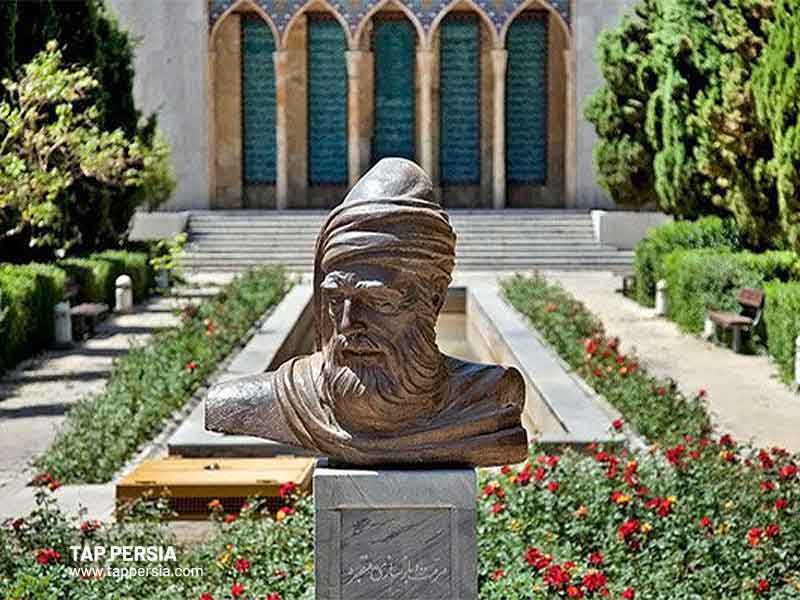
Literature composed or communicated in the Persian language is referred to as Persian literature. Iranian literature has a long history that dates back thousands of years and is founded in the lives of poets and authors.
Iranian literature mostly consists of two genres: poetry and prose. Even Kohn’s writings on subjects other than literature, including history, prayers, and other disciplines, have literary significance, and through time they have been included into the canon of Iranian. Iranian literature has its origins in Iranian antiquity, which was influenced by Avesta writings written in Middle Persian and Parthian Pahlavi during the Sassanid Empire.
Following the example of Arabic literature in the order and roots of the Sassanid era, which had produced Arabic prose literature, new Persian literature was also developed in the sphere of prose after Islam. The traditional style of Persian oral literature was also maintained.
Iranian literature covers a variety of subjects, including Iranian and foreign epics, customs and mythology, religion and mysticism, love stories, philosophy and ethics, and more. It is classified as epic, lyrical, didactic, or dramatic literature depending on the subject matter of a Persian literary work.
The majority of the well-known characters in Persian literature are poets from the middle ages. Saadi, Rudaki, Nizami Ganjei, Ferdowsi, Khayyam, Molana, and Hafez can be mentioned among them. One of the four foundations of human literature, according to Goethe, is Persian literature.
Background of Ancient Iran’s Literature
Few literary works from Achaemenid Iran have survived, in part because the Persepolis library was destroyed. The majority of what is currently visible consists of the royal inscriptions of Achaemenid kings, particularly Darius I (522-486 BC) and his son Xerxes. During the Islamic invasion of Iran in the seventh century, many Zoroastrian manuscripts were burned.
However, the Parsis refugees brought parts of the Zoroastrian canon’s texts, including portions of the Avesta and its ancient comments (Zend), to India. A few Sassanid travel and geographical texts also persisted, although in Arabic translations. From pre-Islamic Iran, not a single literary criticism-focused text has remained. The Pahlavi authors of Ayin-e name nebeshtan (Principles of Writing Book) and Bab-e edteda’I-ye (Kalileh o Demneh) are considered to have written literary criticisms.
According to the Sho’ubiyye, which has been cited by certain academics, the Iranians before the advent of Islam possessed works on eloquence like “Karvand.” Such books are no longer in existence. Members’ evidence suggests that some of the Persian aristocracies were conversant in Greek rhetoric and literary analysis. The literary language of Central Asia and West Asia, New Persian, was briefly eclipsed by Arabic during the Umayyad and early Abbasid caliphates but swiftly regained its position. As they utilized pre-Islamic nationalism as a conduit to resurrect the language and customs of ancient Iran, Ferdowsi, Unsuri, Daqiqi, and their generation are sometimes credited with the language’s resuscitation in its modern form.
What are the Characteristics of Persian Literature?
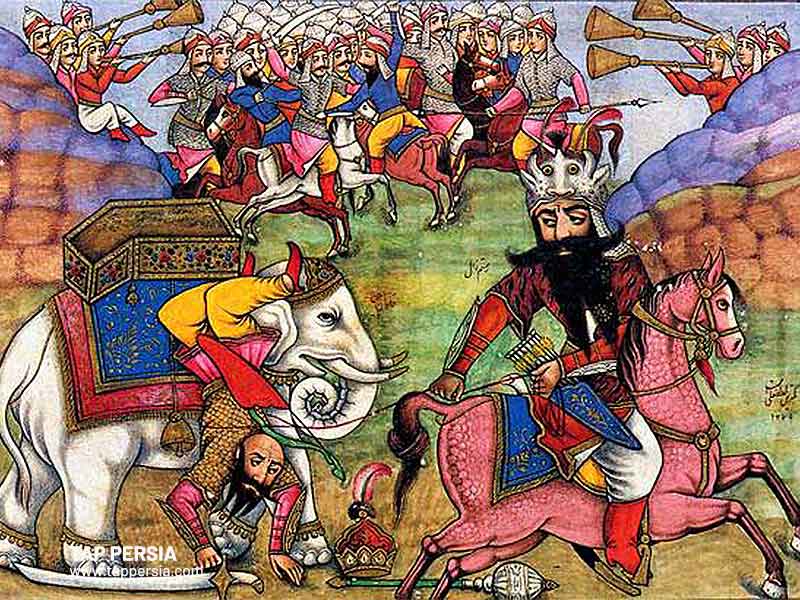
We will talk about the characteristics of Iranian literature in each era:
Pre-Islamic Persian Literature
The pre-Islamic Persian Empire was essentially a non-writing civilization up to the late Sassanid era (226–651 CE). Because of this, his literature was mostly an oral tradition for a very long time. The writing was utilized in the early days of this empire for administrative and financial functions as well as in regal inscriptions. As a result, for decades, it was only accessible to priests or scribes.
Religious poetry and love stories make up the works from this time period. The piece was written in Greek and Aramaic. Very few entire works of literary worth could survive during this time due mostly to the orality of the literature of the time.
Classical Persian Literature
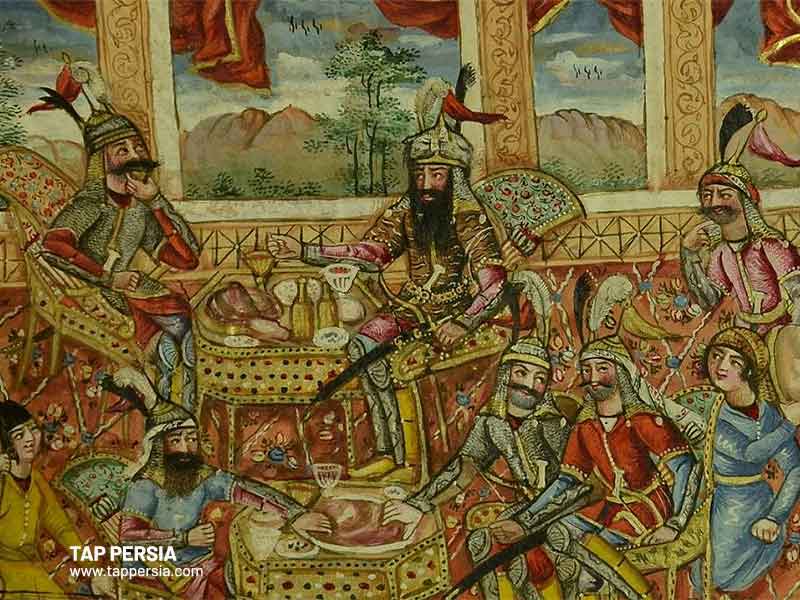
The 9th century and the middle of the 19th century make up this time span. The invention of paper and the functioning of the first printing presses during that time facilitated the creation of written literary works. The Arab occupation of their lands during this time period also had an impact on the development of Persian literature.
Persian replaced the customary court language in the earliest Muslim kingdoms, which is unusual in these situations. Although several significant works of narrative prose also came from this period, poetry predominated throughout this time. Ali Baba and the forty thieves, Aladdin or Sinbad the Sailor are a few examples.
Thus, Persian historians and spiritual luminaries, some from their pre-Islamic age, brought written works, to the Muslim world. In addition to storytelling, these offered historical accounts, moral guidance, and political counsel. Despite being under Arab domination, Persians developed as the empire’s scribes and officials. Eventually became its poets and writers. Along with Greek and Arabic, they also wrote in Persian.
Modern Persian Literature
Persian literature witnessed a significant transformation in the 19th century. The political requirement of the government at the time to adapt Iranian literature to the advancement and modernization of society led to the commencement of this transition. Persian poetry, according to many literary critics, should portray the reality of a nation in change. As a result, he started experimenting with a novel lexical-semantic rhetoric and structure.
Similar to this, many elements of Western literature are modified to fit Iranian cultural requirements. This period’s New Persian authors write tales that are more concerned with narrative and action than with mood or character. Similar to this, several strategies are tested, ranging from realism and naturalism to surreal fantasy.
Who is the Father of Persian Literature?
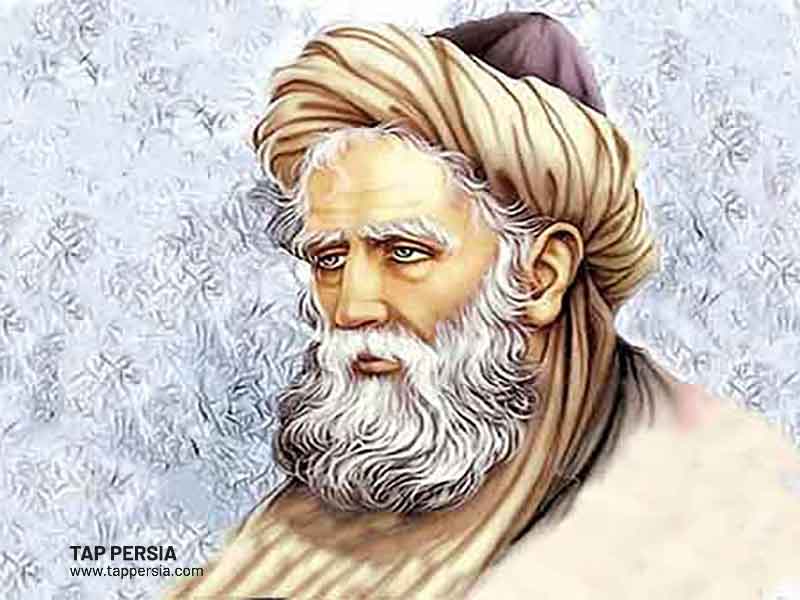
Abu Abdollah Jafar ibn Mohammad Rudaki, who was born in Panjakent, Tajikistan, and lived from around 858 to 941, served as a court poet at Bukhara for Samanid monarch Nar II (r. 914–943). He was also a talented pianist and singer (in modern-day Uzbekistan). Rudaki is sometimes regarded as the father of Persian poetry because of his early usage of the New Persian language.
The tens of thousands of prose verses attributed to Rudaki have only been partially preserved. In addition to his collection of poetry, one of his most important literary contributions—which established him as a leading figure in Persio-Islamic literature—was the Persian translation of the Arabic collection of Indian tales Kalilah wa Dimnah.
Who is the Best Writer in Iran?
You can get the names of some well-known Iranian authors by looking at the history of Iranian literature. Characters that have brought the lovely Persian language to the globe and made our dear nation proud via their writing and art. Consequently, picking the finest ones is quite challenging because each has a unique approach and set of traits. Omar Khayyam, Hafez, Ferdowsi, and Rudaki are a few outstanding writers from antiquity.
We may now include Sohrab Sepehri, Nima Youshij, Ahmad Shamlou, and Sadegh Hedayat as contemporary Persian authors.
Persian Literature’s Impact on World Literature
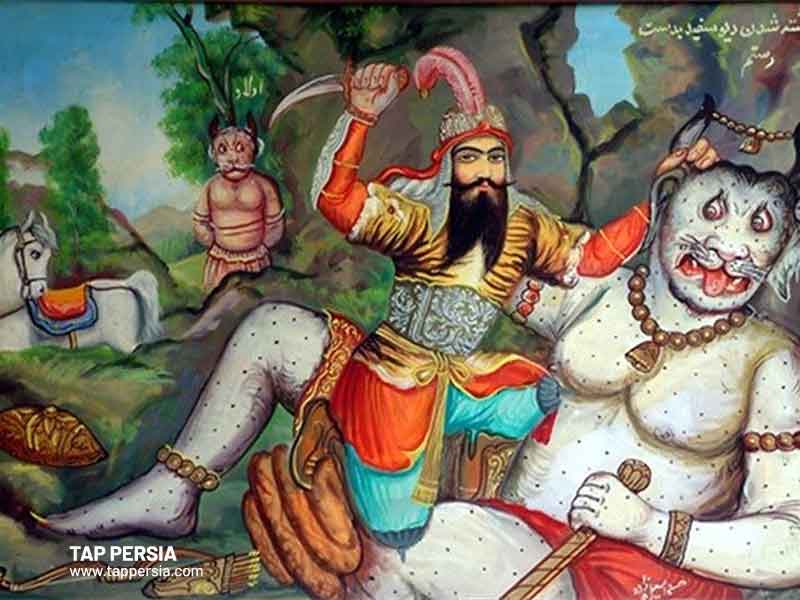
Persian literature has had a great impact on world literature. These influences include some of the following:
Sufi Literature
William Shakespeare as the “country of the Sophy” referred to Iran. Sufis from Indonesia to Morocco studied the poetry of some of Persia’s most renowned medieval poets, who were Sufis. Particularly Rumi is well-known for being both a poet and the creator of the influential Sufi order. Even though he was not a Sufi himself, Hafez was influenced by religion and is also well-appreciated in both the East and the West. Many Sufi and non-Sufi poets have copied the topics and forms of this type of devotional poetry. Observe the entry on Sufi poetry as well.
Georgian Literature
Beginning in the early 16th century, Persian traditions had a substantial impact on Georgia’s ruling elites, which in turn led to Persian influences on Georgian architecture, literature and art. Up to the entrance of the Russians, this cultural impact persisted.
Western Literature
Beginning in the early 16th century, the Georgian ruling elites were profoundly influenced by Persian traditions, which in turn had a considerable impact on Georgian literature, art, and architecture. Up to the entrance of the Russians, this cultural impact persisted.
Swedish Literature
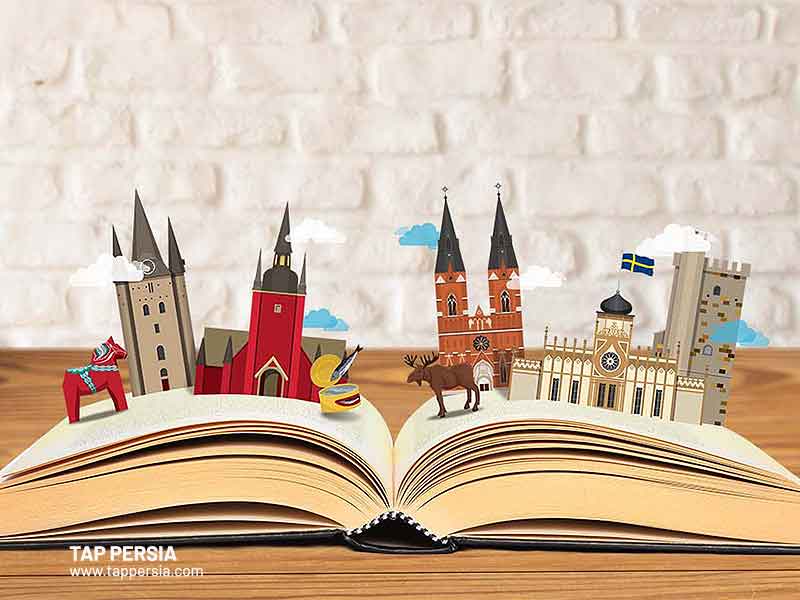
Baron Eric Hermelin has translated several pieces of classical Persian literature into Swedish throughout the past century. Among others, he translated works by Rumi, Omar Khayyam, Sanai, Saadi, and Farid al-Din Attar.
Contemporary Persian Literature
Persian literature underwent a significant transformation in the 19th century and entered a new period. The beginning of this change may be seen in an incident that took place at the court of Nasereddin Shah in the middle of the 19th century when the reform-minded prime minister Amir Kabir chastised the poet Habibollah Qa’ani for “lying” in a panegyric qasida written in Kabir’s honor.
In Kabir’s opinion, poetry in general and the kind that emerged during the Qajar dynasty were harmful to Iranian society’s “development” and “modernization,” which he thought was in desperate need of transformation. Others, like Mirza Malkom Khan, Mirza Aqa Khan Kermani, and Fath-‘Ali Akhundzadeh, have voiced similar worries. Khan always connected Persian poetry to social issues in order to underscore the need for change in literary terms.
The debate over whether modernization and Westernization are interchangeable concepts for defining the development of Iranian society was at the focus of a significant trend in contemporary Persian writing. It can be argued that virtually all proponents of modernism in Persian writing, from Kermani, Akhundzadeh and Malkom Khan through Dehkhoda, Bahar, Aref and Taqi Rafat, were affected by the developments and changes that had taken place in Western, primarily European literature. Such influences did not imply a slavish imitation of Western models, but rather the adaptation and modification of Western literary elements to suit Iranian cultural requirements.
The Iranian wave of comparative literature and literary criticism achieved a symbolic crest with the appearance of Shahrokh Meskoob, Ebrahim Golestan and Houshang Golshiri after the groundbreaking works of Moshfeq Kazemi, Sadeq Hedayat, Ahmad Kasravi, Abdolhossein Zarrinkoub and many more.
Persian Literature Awards
The following are the types of Persian literature awards that are given to those that are skilled in their works:
- Houshang Golshiri Award
- Sadegh Hedayat Award
- National Ferdowsi Prize
- Iran’s Annual Book Prize
- Bijan Jalali Award
- Martyr Avini Literary Award
- Parvin Etesami Award
- Yalda Literary Award
- Mehrgan Adab Prize
- Isfahan Literary Award
- Jalal Al-e Ahmad Literary Awards
- Golden Pen Awards
- Persian Speculative Art and Literature Award
- Jaleh Esfahani Poetry Award
- Lois Roth Persian Translation Prize
What are 4 important Persian texts?
Ferdowsi’s “Shahnameh”, Nezami’s “7 Bodies”, Sadi’s “Golestan”, Sanai’s “the Walled Garden of Truth”.
What is the Persian Style of Writing?
Arabic script, which has Aramaic roots, is used to write modern Persian. Diacritical markings have been used to add four letters to represent the Persian letters for the sounds p, č, ž, and g.
What is the Persian style of writing?
Muqaddame-ye Shahname-ye Abu Mansuri, which was composed during the Samanid dynasty, is the first extant work of Persian literary critique that was produced after the Muslims conquered Persia. It is said to be the first extant work of Persian literature and discusses the stories and legends of Shahnameh.
What was Persian Literature before Islam?
Religious works make up the majority of pre-Islamic Iranian literature. The Avesta, a collection of liturgical fragments, and later Pahlavi writing from the Sassanid dynasty are two of the most noteworthy examples. Iran was conquered by Islam in the seventh century.
Is Persian Hard to Read?
Persian is regarded as one of the simpler languages for English speakers to learn when compared to other Middle Eastern languages, however, it is by no means one of the simplest. In terms of formal grammar, it is extremely straightforward.
Why Persian poetry is so good?
Persian sentences have a distinct rhythmic aspect, and the words have a gentle, melodic tone. Persian poets like Hafez and Rumi have a wonderful opportunity to construct rhythm using perfectly euphonic words because of their singing quality.
How Old is Persian Writing?
Ancient Persian script is said to have been created between 500 and 600 BC in order to supply the Achaemenid kings with tomb inscriptions.

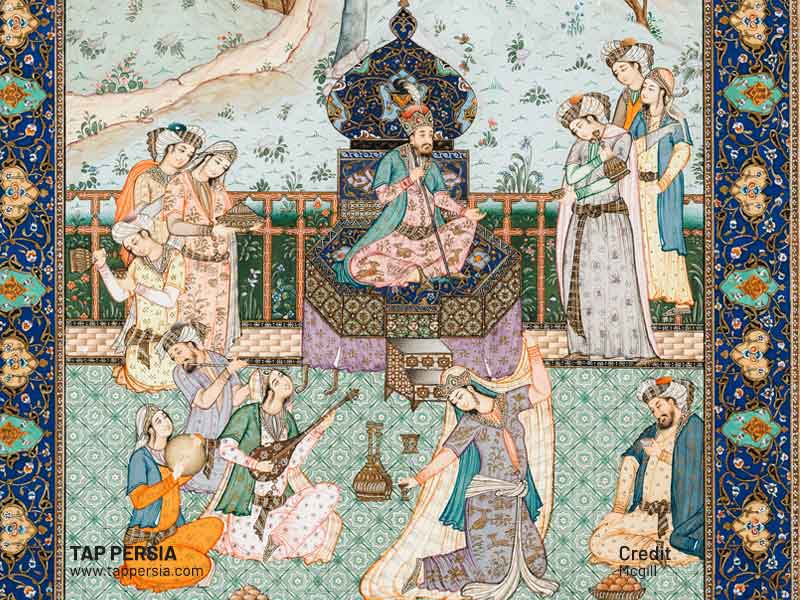


Comment (0)